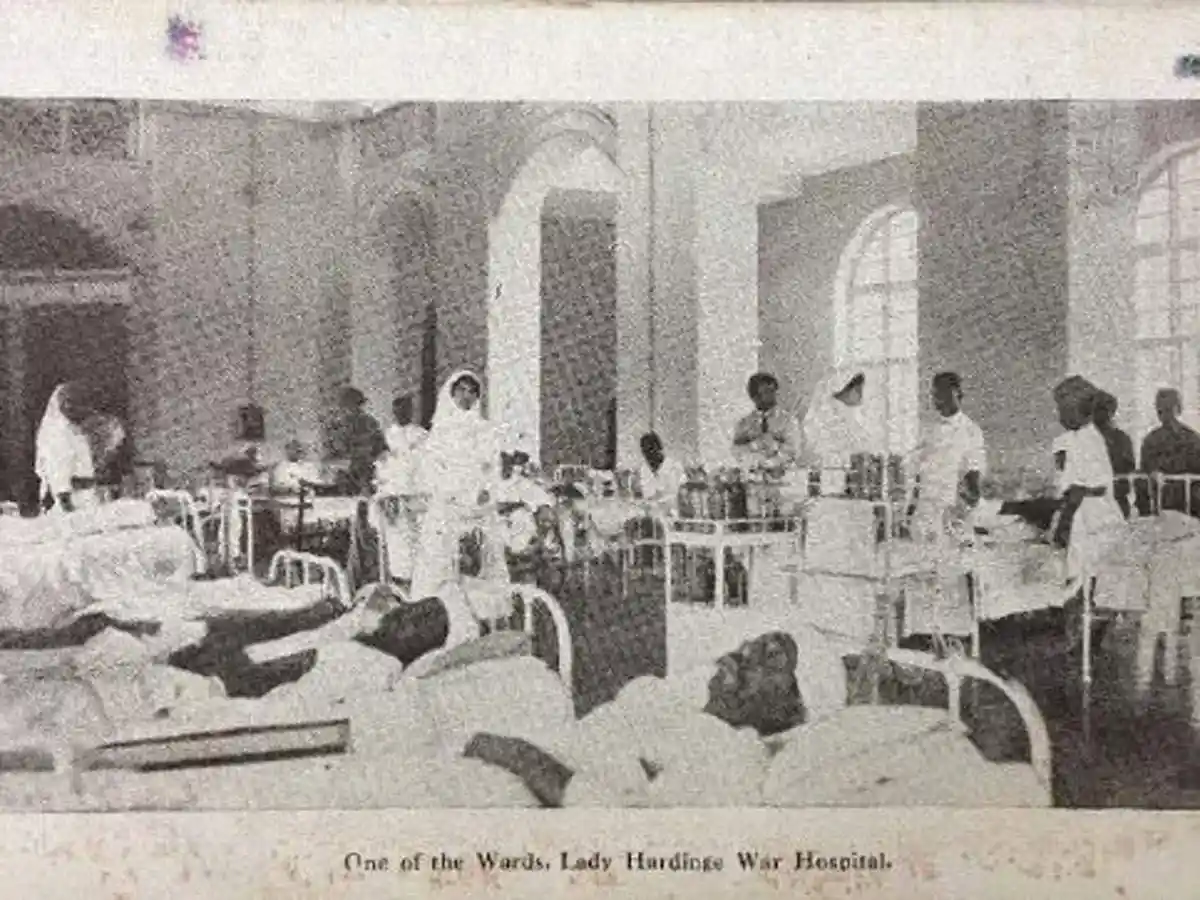When Death came to India
India had been no stranger to adversities. From braving invasions to famines, Indians had weathered it all, till, in 1918, Spanish influenza reached the shores of the Indian subcontinent and took countless lives.

Deja Vu? Image source: The Times of India
The year 1918 was a year of turbulence. From World war I to famines, the situation seemed to deteriorate everywhere. In the same year, the world found itself in the throes of a pandemic.
When Spanish influenza hit the world in 1918, no one emerged unscathed. The deadly disease took countless human lives and cost all nations economically. British doctors were busy at the war front, and colonial India was left unarmed. Spanish influenza posed a threat to the public health infrastructure and led to a crisis in India.
In rural areas and cities like Bombay where the effects of the famine were felt widely, the colonial authorities proved inefficient. The public health system was overwhelmed, and there weren't enough medical practitioners to treat the ill.
While it experienced a mild wave of the disease in 1918, a severe blow was struck later in the winter of that year. Sounds overwhelmingly familiar, doesn’t it?
According to the Hindu, on 24th June 1918, around 600 workers were taken away from a government dockyard on account of a strange fever. Then as all fevers and viruses spread, people began getting affected in large numbers.
It was surprising to see that the rate of infection was considerably lower amongst low caste people, perhaps, due to untouchability. However, the mortality rate was higher because there were no facilities to treat them or any hygienic places for them to stay.
Those who were infected had a fever, pains, soreness around their eyes, and bronchial inflammation. Newspapers deemed the epidemic to be a general episode of influenza. Later on, those very dailies reported high mortality rates and cremating of bodies.
The number of women who died was much more than the number of men who lost their lives. The reason for this was quite simple: women were locked up inside houses and had no access to fresh air or health amenities, and the infections spread more rampantly in them.
Bombay Presidency was the worst-hit place under the colonial regime. Sholapur, Nasik, East Khandesh, Ahmednagar, and Satara districts suffered the most. Bombay's health situation was further triggered by the already prevalent epidemics of smallpox and cholera.
Then as the virus underwent a mutation in its antigenic nature, the next group affected was the youth. From Bombay, the flu spread to almost all parts of India.
This wasn't the first time that death came to India and went ignored in its initial phase. But in 1918, the death toll sent a jolt to the colonial authorities. However, a peculiarity that wouldn't go unnoticed is how oddly similar the reaction and situation felt during the COVID-19 pandemic.


